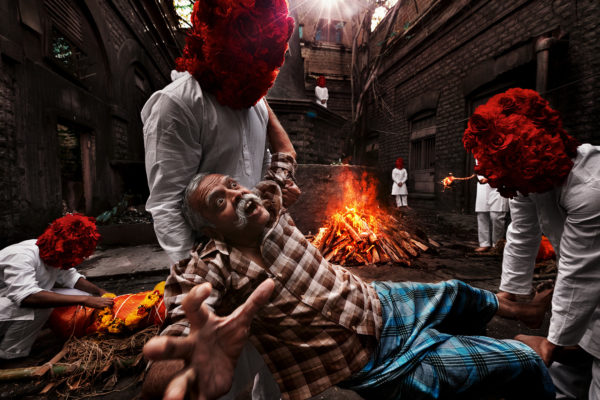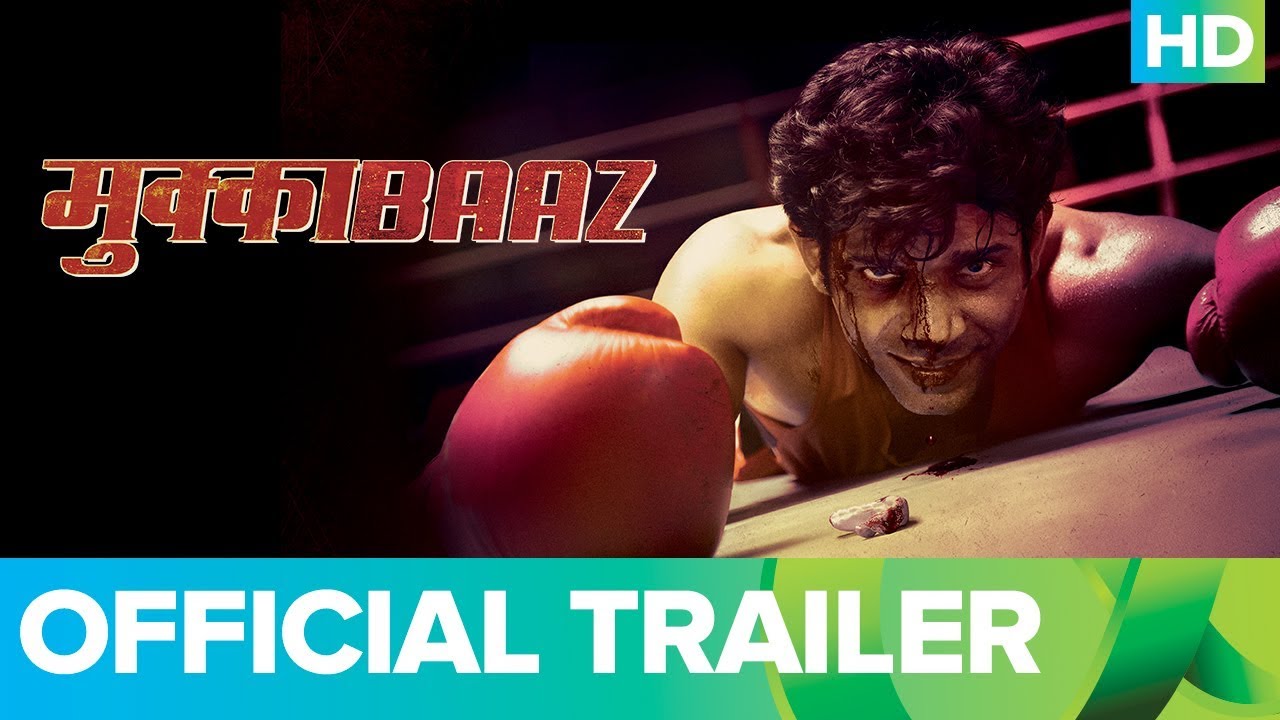The lockdown has done irreparable damage to some. People have felt hemmed in from all sides, suffered the ill-effects of loneliness, the pressures of working from home and the constant worry about living in close proximity to abusers. Anxiety has become commonplace, and even those who usually claim to be in a good space, mental health-wise, are not so sure about how they have handled this forced isolation.
In these extraordinary times, award-winning young photographer Arjun Kamath, known for fusing cause and creativity to stunning effect in his photo stories — ‘Coming Out ‘, ‘Avani’ and ‘Colour Of Our Skin’ — has released ‘The Anxiety Series’, a photo narrative that’s deeply representative of our times. It is available for viewing on his website.
The series comes from a place of deep understanding, because Arjun went through a patch where he needed help to reclaim happiness and joy in his life. “I finished my studies in the US and had to return here in 2017 when my visa did not get approved. I felt it was the end of the road for me, and was always anxious. I would feel thirsty and read up and wonder if I had any grave underlying health issue, I would not reply to mails. I knew something was not all right. Luckily, I had family and friends who understood and helped me heal.”
The stories of Shilom, Rini, Gopi, Naina, Samar, Delilah, Sanvi and Madhav are narrated using a single story-rich image that’s both nuanced and educative. The stories are of people from varied demographics — there’s a school student, a young girl all set to get married, an office goer, and a lady who’s surrounded by family yet alone, among others. The images speak of the untold horrors the mind inflicts on some, and how they cope with it or struggle to handle it.

Arjun says his namesake and friend Arjun Menon told him that the lockdown period was the right time to talk about his series. Arjun too felt it would nudge people into acceptance and initiate a dialogue on mental health. The series was shot in October and November 2019. What sets it apart from other photo essays is that each story, drawn from real-life incidents, comes with a verse of its own.
“I’ve not written poetry before, but I am very protective about my photographic work, and I knew the subject very intimately. So, I began by understanding poetry styles, and learnt to structure my thoughts better, to pare down a full sentence into words that were visual, and I kept things a little vague, so people could add their interpretation to it,” he says.
Arjun is known to opt for evocative titles and names that resonate with the characters he creates. In this series, the names are low-profile and belong mostly to the everyday person. “For me, naming my characters right is very important. I look at the photo and try to imagine a name for the person. I believe that every name has a particular emotion attached to it. For instance, the subject of my first photo had to be Gopi, the name of an everyman. I could have gone in for Subramaniam, but, in my head, that name does not belong to someone who is unseen. Sometimes, I search online for names and combine two sounds to create a new one. For instance, I came up with Pravadh in Avani, combining Pradesh and Avadh.

TAS7
The anxiety series follows a colour scheme, and the colours narrate a story by themselves. The backdrop is usually beautiful, painted in jewel tones, but the subject’s agony and angst is there for all to see. The eyes are wide open in horror and fear, the face has a disquiet about it as people feel all kinds of insects crawling over their skin, and there’s a general sense of unease, of dread, as people live in their “normal” environment.
Among the most poignant image is that of Shilom, featuring a man who’s obese and is framed against a pile of clothes that don’t fit him, and with chiselled mannequins in the foreground. He’s in a constant state of struggle. “I was Shilom some years ago. We don’t talk about this pressure to look good at all. That’s such an anxiety trigger,” says Arjun.
Recommended
Among the things that crawl on the subjects are insects, bugs, spiders and maggots. “I might be talking very nicely to you, probably even be laughing, even as these images occupy my head, and don’t let any other thought in. You won’t know what’s happening to me inside. An open wound, blood from an injury… all get you sympathy and understanding, but you’re always told to sleep off anxiety and depression. No one realises it is a clinical condition, and help is needed,” says Arjun. “In fact, there was a TEDx talk, where a person spoke about how it felt when a panic attack was setting in. She spoke about feeling her skin burn, about things crawling from her skin and coming out through her mouth… these are real feelings.”
Samar, the little boy who wears lipstick, is surrounded by friends who are taunting him and who has insects on his sleeve and face, is drawn from Arjun’s childhood. “There was a boy who would use lipgloss, sport a pout… everyone called him gay, and ridiculed him that he was different. I’m sure it affected him a lot. India changed so quickly, at least on social media, that we have had no time to comprehend the changes, no time to process the need to be sensitive. I wanted the images to create a sense of unease. We should know what we have done to people because of lack of understanding.”

TAS4
The trigger for creating the series was the realisation that if not caught early, anxiety disorder can lead to depression in some. “The scariest part is no one will know you’re not well. I wanted to make something that is artistic, yet disturbing and nudges you to act,” says Arjun.
Arjun also ensured the images hinted at violence and did not trigger a panic episode in any one. In fact, in his last frame, Sanvi has a supportive husband, but wilts under the pressure of life. “It’s not just about your journey and experiences, it is also about who you primarily are,” says Arjun.

TAS5
In the process of paring down words, Arjun also worked on the visuals to reduce them to the most basic form. So, you have butcher knives with a hint of red. Roses that look lovely but also hint at some sort of dread. “I wanted the images to be surreal and indicative, yet wanted an entire story to emerge from one photograph. I approached the project like a horror film that takes place in the day time.”
The cast of this project includes actress Shweta Tripathi, Ponappa Subbaiah, PD Sathish Chandra, Mohammed, Yasmin Sait, Arvind Devadhirajan, Shreya Krishnan and Venkat V Dhondale. The styling and costumes are by Wardha Ahamed, make-up and hair by Pragna Krishna, Priyanka R K and Sharanya Uday and production design is by Studio Slip (Bengaluru). The series’ assistant director is Vinit Dodamani.



